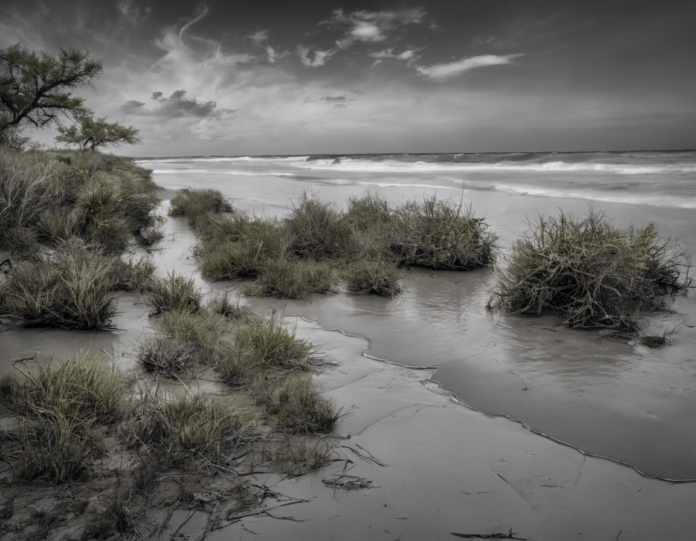As the second largest state in the United States, Texas boasts over 350 miles of stunning coastline along the Gulf of Mexico. The Texas shoreline is a unique and diverse ecosystem that is home to a wide array of plant and animal species, as well as providing essential economic and recreational opportunities for residents and visitors alike.
Understanding the Texas Shoreline
The Texas shoreline is an ever-changing landscape, shaped by natural processes such as erosion, sediment transport, and sea-level rise. It is characterized by a variety of coastal features including sandy beaches, dunes, marshes, bays, and estuaries. These diverse habitats support a rich diversity of flora and fauna, making the Texas shoreline a vital region for biodiversity and conservation efforts.
Coastal Flora and Fauna
The Texas shoreline is teeming with life, from the iconic brown pelicans to the elusive Kemp’s ridley sea turtles. The region is also home to a variety of plant species such as seagrasses, mangroves, and coastal shrubs, which play a crucial role in stabilizing the shoreline and providing habitat for other species.
Coastal Erosion
One of the greatest challenges facing the Texas shoreline is coastal erosion, which is exacerbated by human activities such as coastal development and climate change. Erosion can lead to the loss of beaches, dunes, and wetlands, threatening both property and critical habitats. Coastal management strategies such as beach nourishment, dune restoration, and shoreline armoring are employed to mitigate the impacts of erosion and protect the coastline.
Importance of the Texas Shoreline
The Texas shoreline holds immense ecological, economic, and cultural significance. It provides habitat for numerous species of fish, birds, and marine mammals, supporting commercial and recreational fishing industries. The coastline also plays a crucial role in protecting inland areas from storm surge and flooding, acting as a natural buffer against extreme weather events.
Conservation Efforts and Challenges
Conserving the Texas shoreline is a complex and ongoing endeavor that requires collaboration among government agencies, non-profit organizations, scientists, and local communities. Efforts to preserve and protect the coastline include habitat restoration, pollution prevention, coastal planning, and public education initiatives. However, the Texas shoreline faces numerous challenges including pollution, habitat loss, climate change, and competing interests for land and resources.
Sustainable Coastal Tourism
Sustainable tourism practices are becoming increasingly important along the Texas shoreline as visitors seek responsible and environmentally friendly options for experiencing the coastal environment. From birdwatching and kayaking to beach cleanups and nature walks, there are a variety of ways for tourists to enjoy the natural beauty of the Texas coastline while minimizing their impact on the environment.
Frequently Asked Questions (FAQs)
1. What are some popular recreational activities along the Texas shoreline?
Some popular activities include swimming, fishing, boating, birdwatching, and beachcombing.
2. How does climate change impact the Texas shoreline?
Climate change can lead to sea-level rise, increased storm intensity, and coastal erosion, posing significant threats to the Texas shoreline.
3. Are there protected areas along the Texas coastline?
Yes, there are several state parks, wildlife refuges, and marine sanctuaries that protect and preserve the natural resources of the Texas shoreline.
4. What role do wetlands play in the Texas coastal ecosystem?
Wetlands act as nurseries for fish, filter pollutants, provide flood protection, and support a wide variety of plant and animal species.
5. How can I get involved in conservation efforts along the Texas shoreline?
You can volunteer with local conservation organizations, participate in beach cleanups, support marine research initiatives, and practice responsible tourism behavior.
Conclusion
The Texas shoreline is a dynamic and vital ecosystem that deserves our attention and protection. By understanding the ecological importance of the coastline, supporting conservation efforts, and practicing sustainable tourism, we can ensure that future generations will be able to enjoy the natural wonders of the Texas shoreline for years to come.









